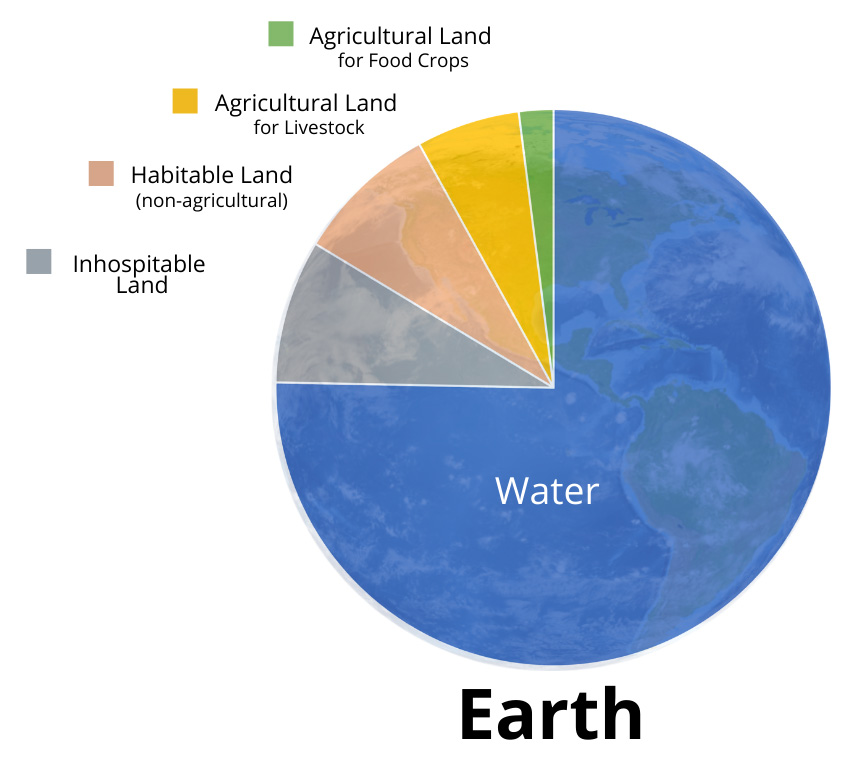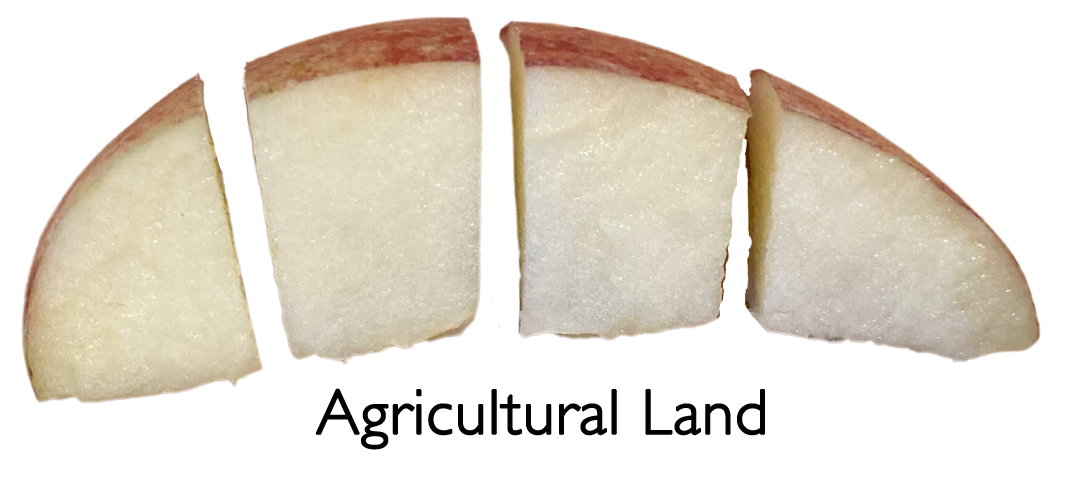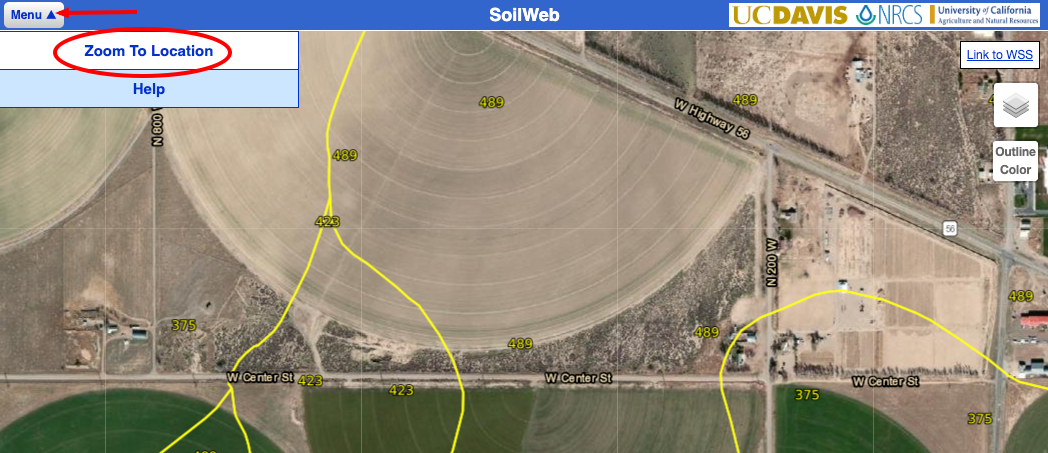Land and Soil in the Ecosystem
Students use an apple to represent the Earth and discover how our land resources are used. Through critical thinking, students discover why topsoil is a nonrenewable resource, the importance of soil to our food supply, and factors that impact topsoil distribution in different regions.

Background
Lesson Activities
Recommended Companion Resources
Credits
Author
Debra Spielmaker and Andrea Gardner | National Center for Agricultural Literacy (NCAL)
Acknowledgements
The calculations for the apple demonstration were compiled by Population Education and can be found in their lesson plan, Earth: The Apple of our Eye.
Sources
- https://www.soilassociation.org/causes-campaigns/save-our-soil/10-soil-facts/
- https://ourworldindata.org/global-land-for-agriculture
- https://www.sciencedirect.com/science/article/abs/pii/S2211912416300013
- https://www.beefitswhatsfordinner.com/raising-beef/production-story
- https://www.fao.org/3/x5304e/x5304e03.htm
Standards
Indiana Content Area Standards
-
English Language Arts.Grade 6.RN.1
Read a variety of nonfiction within a range of complexity appropriate for grades 6-8. By the end of grade 6, students interact with texts proficiently and independently at the low end of the range and with scaffolding as needed at the high end of the range.
- Key Ideas and Textual Support.6.RN.2.1: Analyze what a text says explicitly as well as draw inferences from the text through citing textual evidence.
- Synthesis and Connection of Ideas.6.RN.4.2: Integrate information presented in different media or formats (e.g., visually, quantitatively, verbally) to demonstrate a coherent understanding of a topic or issue.
-
English Language Arts.Grade 6.SL.1
Listen actively and adjust the use of spoken language (e.g., conventions, style, vocabulary) to communicate effectively with a variety of audiences and for different purposes.
- Comprehension.6.SL.3.1: Interpret information presented in diverse media and formats (e.g., visually, quantitatively, orally) and explain how it contributes to a topic, text, or issue under study.
- Discussion and Collaboration.6.SL.2.2: Elaborate and reflect on ideas under discussion by identifying specific evidence from materials under study and other resources.
-
English Language Arts.Grade 7.RN.1
Read a variety of nonfiction within a range of complexity appropriate for grades 6-8. By the end of grade 7, students interact with texts proficiently and independently at the middle of the range and with scaffolding as needed for texts at the high end of the range.
- Key Ideas and Textual Support.7.RN.2.1: Analyze what a text says explicitly as well as draw inferences from the text through citing several pieces of textual evidence.
-
English Language Arts.Grade 7.SL.1
Listen actively and adjust the use of spoken language (e.g., conventions, style, vocabulary) to communicate effectively with a variety of audiences and for different purposes.
- Comprehension.7.SL.3.1: Analyze the main ideas and supporting details presented in diverse media and formats (e.g., visually, quantitatively, orally) and explain how the ideas clarify a topic, text, or issue under study.
- Discussion and Collaboration.7.SL.2.1: Engage effectively in a range of collaborative discussions (e.g., one-on-one, in groups, and teacher-led) on grade- appropriate topics, texts, and issues, building on others ideas and expressing personal ideas clearly.
- Discussion and Collaboration.7.SL.2.2: Investigate and reflect on ideas under discussion by identifying specific evidence from materials under study and other resources.
-
English Language Arts.Grade 8.RN.1
Read a variety of nonfiction within a range of complexity appropriate for grades 6-8. By the end of grade 8, students interact with texts proficiently and independently.
- Key Ideas and Textual Support.8.RN.2.1: Analyze what a text says explicitly as well as draw inferences from the text through strong and supportive textual evidence.
-
English Language Arts.Grade 8.SL.1
Listen actively and adjust the use of spoken language (e.g., conventions, style, vocabulary) to communicate effectively with a variety of audiences and for different purposes.
- Comprehension.8.SL.3.1: Analyze the purpose of information presented in diverse media and formats (e.g., visually, quantitatively, orally) and evaluate the motives (e.g., social, commercial, political) behind its presentation.
- Discussion and Collaboration.8.SL.2.1: Engage effectively in a range of collaborative discussions (e.g., one-on-one, in groups, and teacher-led) on grade- appropriate topics, texts, and issues, building on others ideas and expressing personal ideas clearly.
- Discussion and Collaboration.8.SL.2.2: Examine, analyze, and reflect on ideas under discussion by identifying specific evidence from materials under study and other resources.




